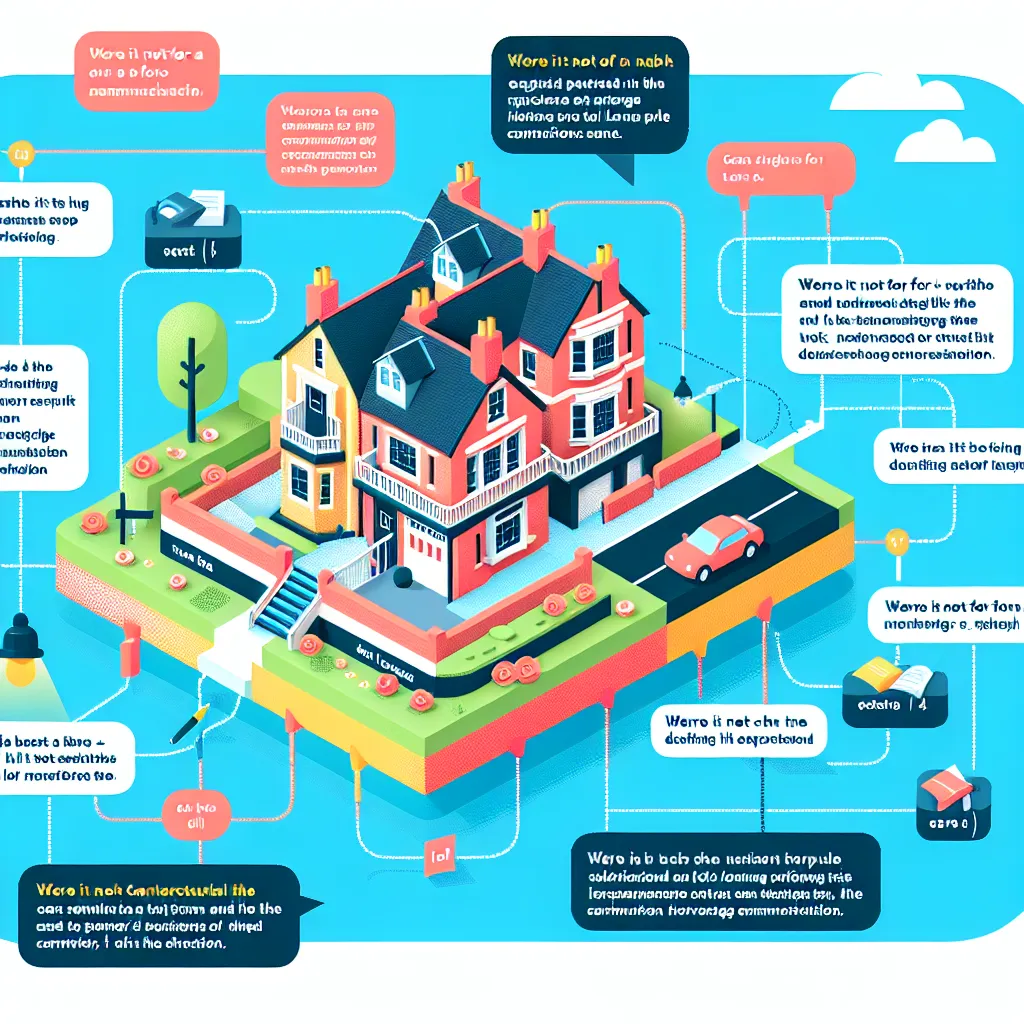The ‘Were it not for + noun/phrase’ structure is a sophisticated grammatical construction that can significantly enhance your IELTS Writing and Speaking performance. This article will delve into its usage, provide examples, and offer tips to help you incorporate it effectively in your IELTS preparation.
Nội dung bài viết
- Understanding the ‘Were It Not For + Noun/Phrase’ Structure
- Grammatical Breakdown
- Examples in IELTS Context
- How to Use ‘Were It Not For’ in IELTS Writing
- Task 1 (Academic)
- Task 2
- Enhancing Your IELTS Speaking with ‘Were It Not For’
- Part 2 (Cue Card)
- Part 3 (Discussion)
- Common Mistakes to Avoid
- Achieving Higher Band Scores with Advanced Structures
- Alternative Expressions
- Conclusion
Understanding the ‘Were It Not For + Noun/Phrase’ Structure
The ‘Were it not for + noun/phrase’ structure is used to express a hypothetical situation in the past or present, indicating that something would not have happened or would not be the case if a particular factor had not existed. It’s equivalent to saying “If it were not for…” or “Without…”.

Grammatical Breakdown
The structure consists of:
- ‘Were it not for’: This is the fixed part of the structure.
- Noun/Phrase: This represents the factor or condition being considered.
- Main clause: This follows the structure and describes what would or wouldn’t happen without the mentioned factor.
Examples in IELTS Context
-
IELTS Writing Task 2: “Were it not for technological advancements, many modern medical treatments would not exist.”
-
IELTS Speaking Part 3: “Were it not for the internet, global communication would be much more challenging.”
-
IELTS Writing Task 1: “Were it not for the sharp increase in sales in December, the company’s annual growth would have been negative.”
-
IELTS Speaking Part 2: “Were it not for my parents’ support, I wouldn’t have been able to pursue my dream career.”
-
IELTS Writing Task 2: “Were it not for strict environmental regulations, pollution levels in many cities would be significantly higher.”
How to Use ‘Were It Not For’ in IELTS Writing
Incorporating this structure in your IELTS Writing tasks can demonstrate a high level of grammatical proficiency. Here’s how you can use it effectively:
Task 1 (Academic)
When describing graphs or charts, you can use this structure to highlight significant factors influencing trends:
“Were it not for the economic recession in 2008, the growth in housing prices would have continued at a steady rate.”
Task 2
In argumentative or discursive essays, this structure can be used to present contrasting scenarios:
“Were it not for the implementation of recycling programs, landfills would be overflowing with waste at an alarming rate.”
Enhancing Your IELTS Speaking with ‘Were It Not For’
Using this structure in your IELTS Speaking test can showcase your ability to discuss hypothetical situations and complex ideas:
Part 2 (Cue Card)
When describing a person who has influenced you:
“Were it not for my high school teacher’s encouragement, I might never have discovered my passion for science.”
Part 3 (Discussion)
When discussing broader topics:
“Were it not for international cooperation, many global challenges such as climate change would be much harder to address.”
Common Mistakes to Avoid
-
Incorrect verb form: Always use ‘were’, not ‘was’, regardless of the subject.
Incorrect: “Was it not for his help…”
Correct: “Were it not for his help…” -
Misplacing the subject: The subject should come after the main clause, not immediately after ‘were it not for’.
Incorrect: “Were it not for I studied hard…”
Correct: “Were it not for my hard studying, I wouldn’t have passed the exam.” -
Using with future tense: This structure is for present or past hypothetical situations, not future ones.
Incorrect: “Were it not for the rain tomorrow…”
Correct: “If it doesn’t rain tomorrow…” (use a different structure for future conditions)
Achieving Higher Band Scores with Advanced Structures
To achieve Band 7 and above in IELTS, it’s crucial to use a variety of complex structures accurately. The ‘Were it not for’ structure can help you demonstrate this ability:
- Band 6: “If I didn’t have my family’s support, I couldn’t have achieved my goals.”
- Band 7-8: “Were it not for my family’s unwavering support, achieving my goals would have been insurmountable.”
Notice how the Band 7-8 example not only uses the advanced structure but also incorporates more sophisticated vocabulary.
Alternative Expressions
While mastering ‘Were it not for’ is valuable, it’s also important to know alternative expressions to maintain variety in your language use:
- “But for”: “But for his timely intervention, the situation could have been disastrous.”
- “If it hadn’t been for”: “If it hadn’t been for the quick response of the emergency services, many lives could have been lost.”
- “Without”: “Without the latest technological advancements, modern smartphones would not exist.”
These alternatives can be particularly useful in the IELTS Writing task, where you need to avoid repetition and showcase a range of structures.
Conclusion
Mastering the ‘Were it not for + noun/phrase’ structure can significantly enhance your performance in both the IELTS Writing and Speaking tests. By understanding its grammatical components, practicing its use in various contexts, and being aware of common pitfalls, you can effectively incorporate this advanced structure into your language repertoire. Remember to use it judiciously alongside other complex structures and rich vocabulary to achieve a higher band score. As you prepare for your IELTS test, practice using this structure in sample essays and speaking exercises to gain confidence and fluency.
For further practice, consider using this structure in essays on topics such as environmental issues, technological advancements, or historical events. These subjects often lend themselves well to hypothetical discussions where ‘Were it not for’ can be effectively employed.